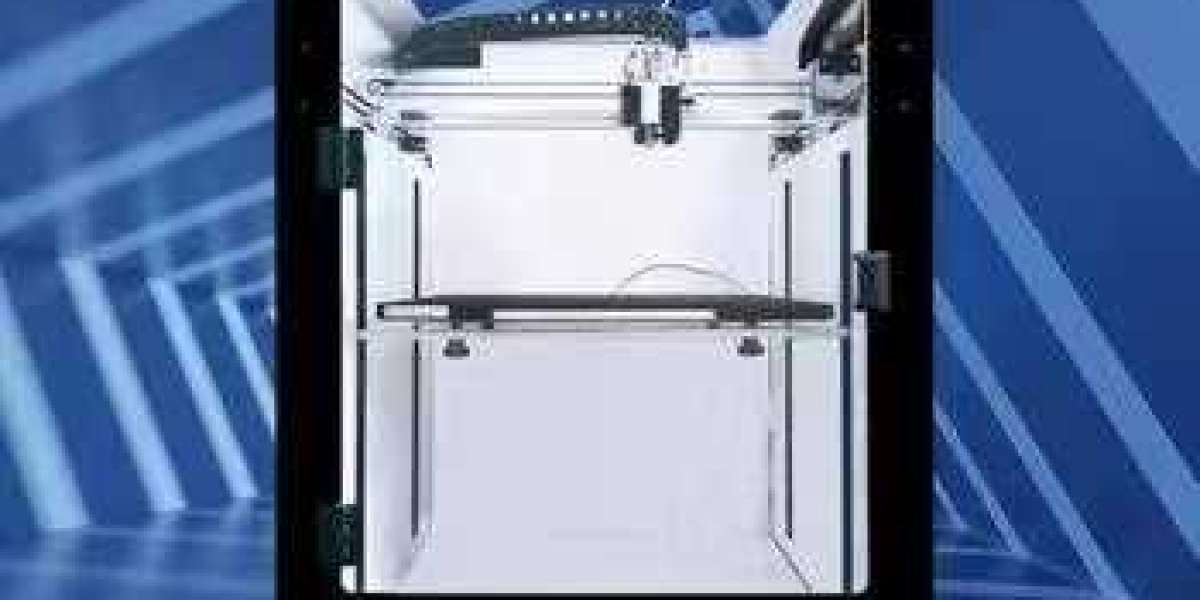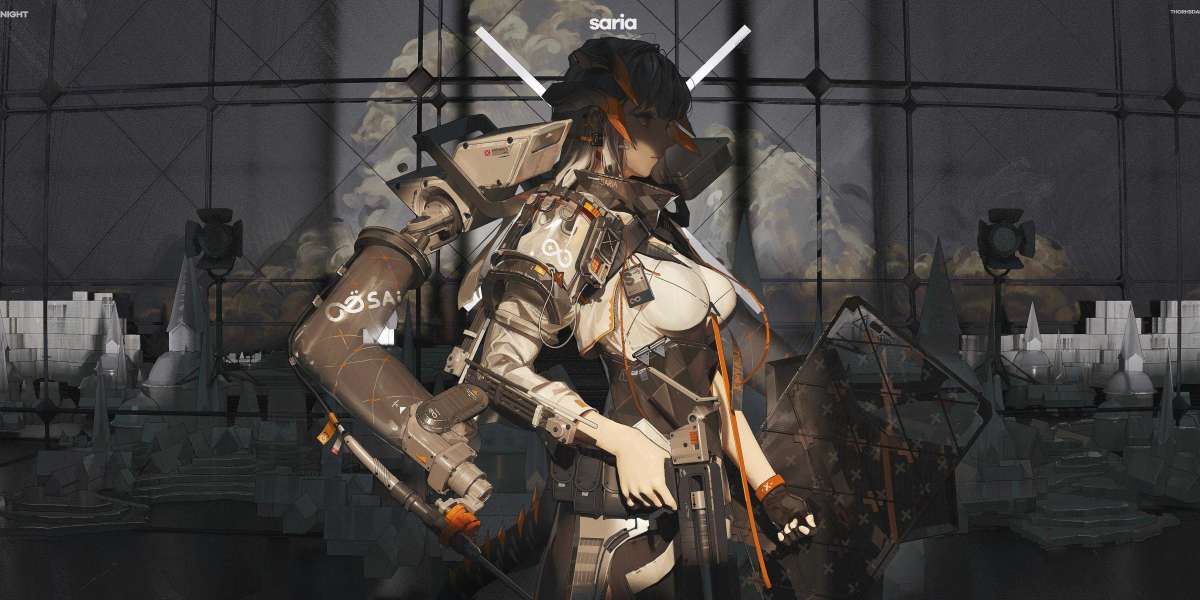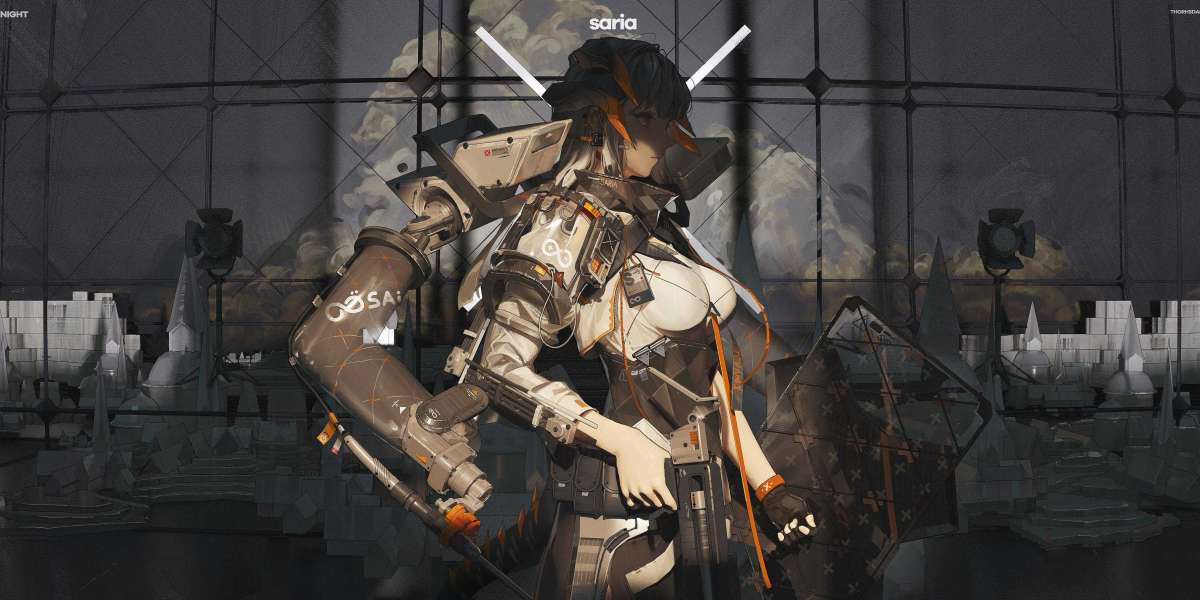At the heart of an FDM printer is its control system, responsible for managing and synchronizing every aspect of the printing process. Understanding the control system is essential for both enthusiasts and professionals to maximize performance and print quality.
Key Components of the Control System
An FDM 3D printer's control system consists of several critical elements, including the microcontroller, stepper motor drivers, sensors, and the power supply unit (PSU). Together, they orchestrate the precision movement and operation of the printer’s mechanical parts, ensuring the correct deposition of the filament layer by layer.
Microcontroller The microcontroller serves as the brain of the 3D printer. It interprets the G-code, which is generated by slicing software and contains specific instructions on how the object should be printed. The microcontroller communicates these instructions to various components, controlling the motors, heaters, fans, and sensors. Popular microcontrollers for FDM printers include boards based on Atmel’s AVR and ARM Cortex architecture, such as the Arduino Mega 2560 or 32-bit ARM boards for enhanced performance.
Stepper Motor Drivers Stepper motors are essential for controlling the movement of the print head along the X, Y, and Z axes, as well as driving the extruder. The motor drivers are responsible for supplying precise electrical pulses to the motors, dictating their speed and direction. Advanced drivers like the TMC2209 ensure smooth, quiet movement and provide features such as sensorless homing and microstepping for improved resolution and quieter operation.
Sensors Sensors play a critical role in monitoring the printer's condition and ensuring successful prints. These include thermistors or thermocouples that monitor the temperature of the hotend and heated bed, as well as endstop switches that detect the position of the print head. Advanced FDM printers may also include filament runout sensors and bed leveling sensors like BLTouch, enhancing automation and reducing manual intervention.
Power Supply Unit (PSU) The power supply provides the necessary voltage and current to operate the printer. For most FDM printers, the PSU is designed to convert AC power from the wall outlet into the appropriate DC voltage needed by the microcontroller, stepper motors, and heating elements.
The control system of an FDM 3D printer is a complex but crucial component that ensures every element works in harmony to produce high-quality prints. From the microcontroller processing commands to the stepper motors and sensors maintaining precision, each part plays a vital role. Understanding how these systems interact can help users fine-tune their machines for better performance, greater reliability, and superior print quality.








